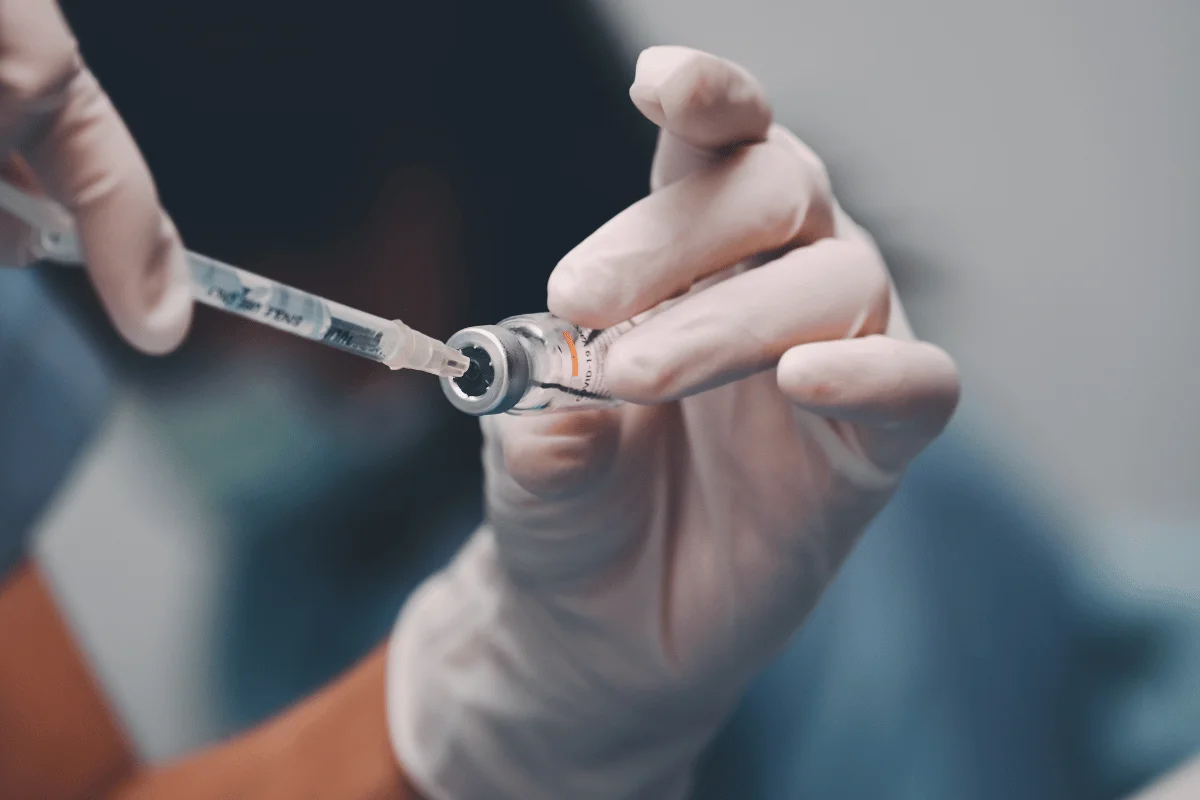[Disclaimer: This article provides a scientific overview of emerging research on BPC-157 peptide for discussion and educational purposes only. BPC-157 is still considered an experimental compound with unproven therapeutic outcomes.]
Peptides have been part of modern medicine for a long time. You’ve probably heard of insulin – the first peptide medicine from the 1920s.
Today, scientists have developed more than 150 different peptides, and many more are being tested. Among all these peptides, BPC-157 stands out as a fan favorite. It’s discussed in biohacking forums, bodybuilding circles, and performance enhancement groups.
But what is it? How does it work? What are its benefits?
This guide will provide an overview of everything you need to know about the BPC-157 peptide before considering using it.
What is BPC-157 Peptide?
BPC-157 (Body Protection Compound-157) is a synthetic peptide consisting of 15 amino acids. It’s derived from a protective protein found naturally in human gastric juice.
While our bodies naturally produce a small amount of this compound, researchers believe that concentrated versions may offer enhanced therapeutic benefits.
The peptide was first isolated in the 1990s and has since been studied extensively in laboratory settings, though primarily in animal models.
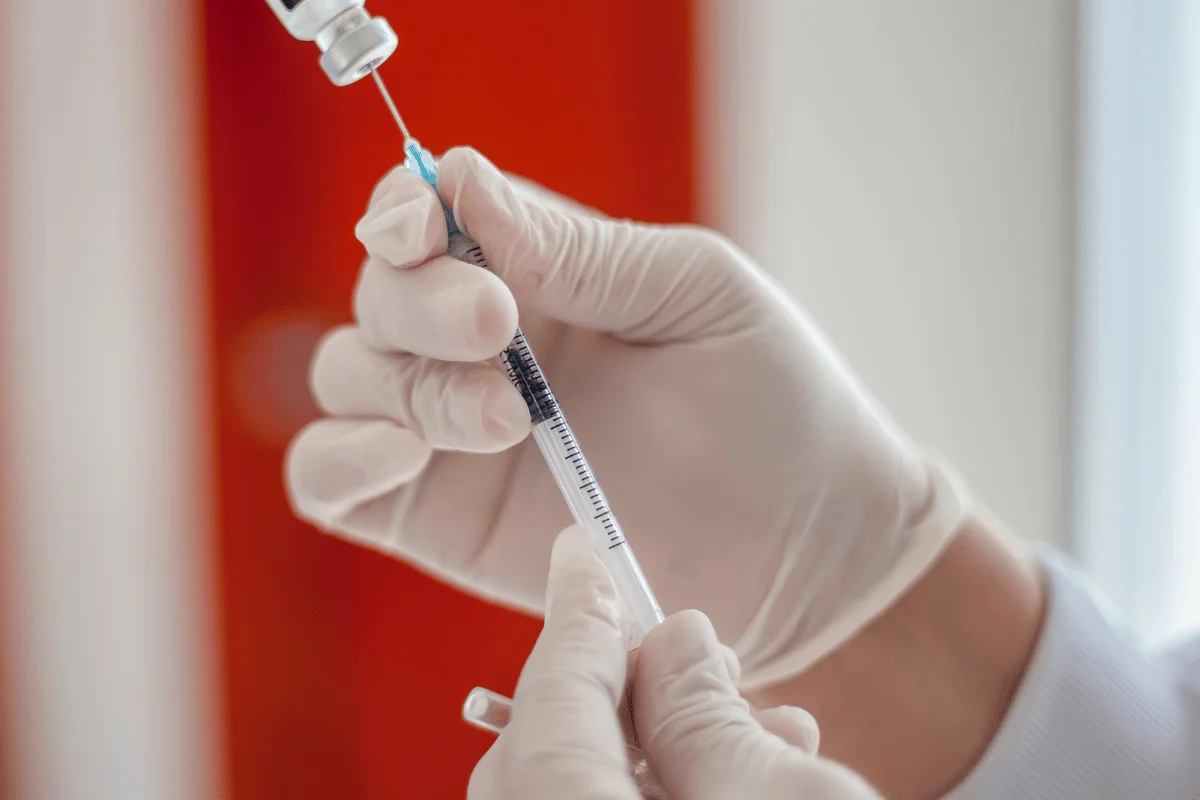
How Does BPC-157 Work?
When you take BPC-157, it starts working throughout your body. Think of it as a messenger that tells your body to speed up its natural healing processes.
The peptide travels through your bloodstream and seeks out damaged areas – an injured muscle, an inflamed gut, or a torn ligament.
Once it finds these trouble spots, it kicks your body’s repair systems into high gear.
What makes BPC-157 special is its ability to stay stable in your stomach acid (unlike many other peptides that break down quickly in the digestive system).
This means you can take it orally or through injection, and it’ll still do its job effectively.
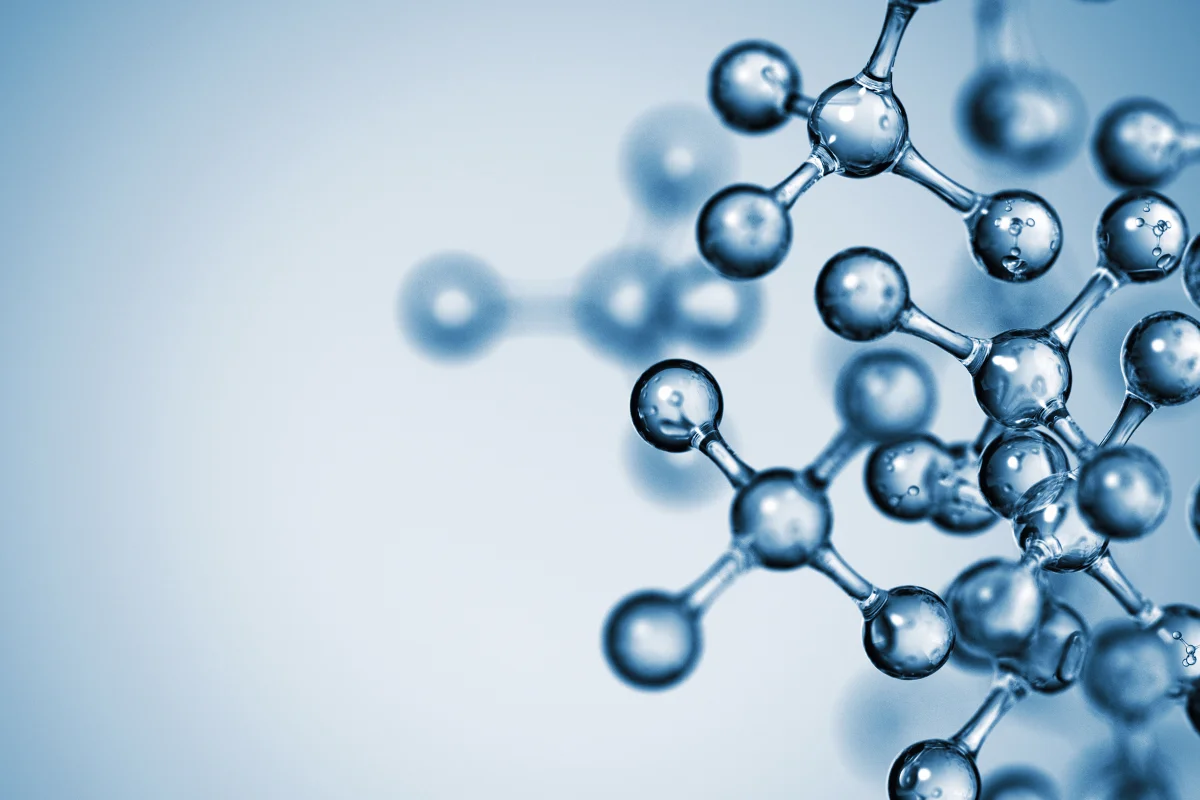
BPC-157 Mechanism of Action
Now, let’s break down exactly how BPC-157 works in your body. The science might sound complex, but don’t worry, we’ll break it down for you!
- Enhanced Angiogenesis: First, BPC-157 triggers “angiogenesis,” which simply means creating new blood vessels. The peptide specifically activates a protein called VEGF (vascular endothelial growth factor), which tells your body to build these new blood vessels.
- Nitric Oxide System Interaction: The peptide also works with your body’s nitric oxide system, which is like a traffic controller for your blood flow. BPC-157 helps regulate this system, ensuring better blood circulation to injured areas. This is one reason many athletes are interested in this peptide for recovery.
- Collagen Stimulation: Regarding wound healing, BPC-157 has a special relationship with collagen – the protein that gives structure to your skin, tendons, and other tissues. It helps boost collagen production, which is crucial for proper healing.
In your gut, BPC-157 acts as a protector. It helps maintain the protective layer of your stomach and intestines, which is why many people use it for digestive issues.
It can also help defend against damage from common pain medications like ibuprofen.
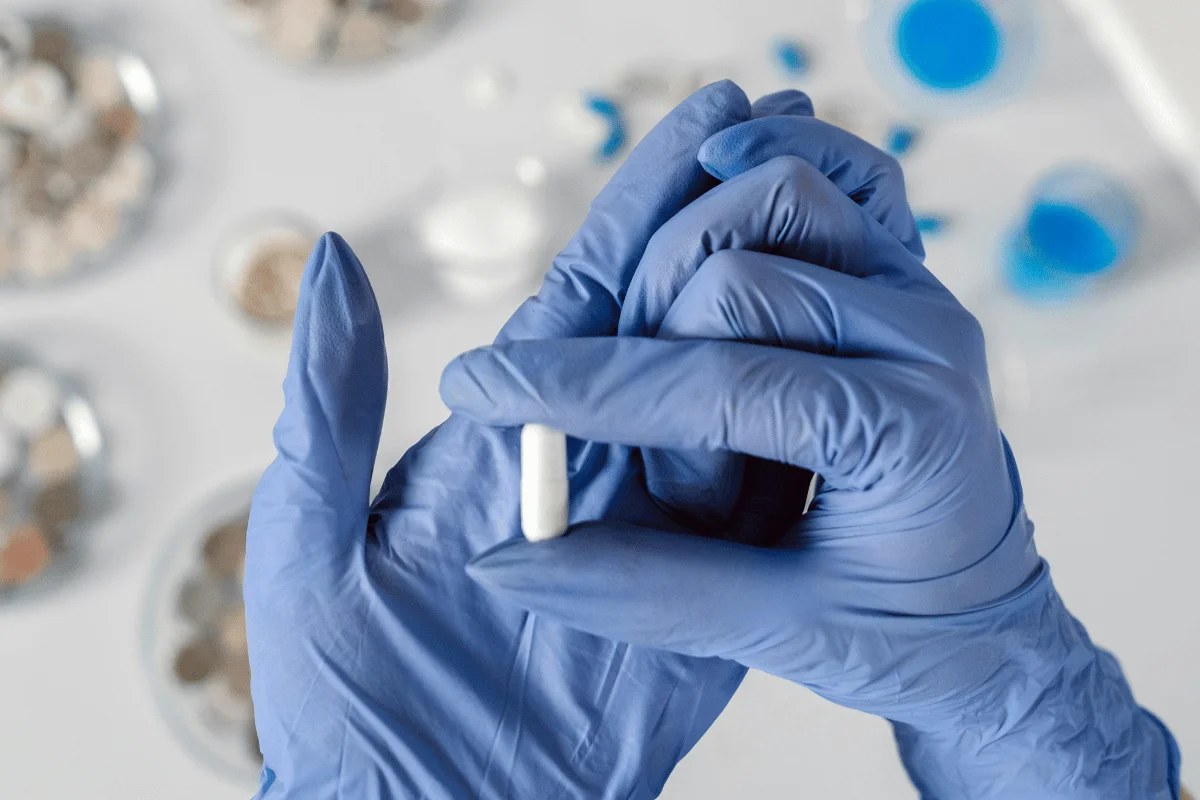
BPC-157 Peptide Benefits and Uses
Scientists have documented many BPC-157 peptide benefits through various studies, exploring its therapeutic potential for the following:
Benefits of BPC-157 for Recovery and Healing
Let’s see BPC-157’s main benefits across different types of tissues and conditions:
Tendon and Ligament Recovery
If you’ve ever dealt with tendon injuries, you know how frustratingly slow they can heal.
BPC-157 has been shown to help speed up this process in rats by stimulating tendon fibroblasts – special cells that help rebuild damaged tendon tissue. It’s particularly effective with Achilles tendon injuries, helping reconnect detached tendons and restore function.
The results for ligaments are equally promising.
Research from 2010 showed that when rats with acute ligament injuries received BPC-157, they experienced better healing across multiple measures—from how the tissue looked under a microscope to how well it actually worked.
Muscle Repair
Got a muscle tear or strain? BPC-157 might be worth considering.
It’s shown impressive results in rats with various muscle injuries, including:
- Healing torn and crushed quadriceps muscles
- Speeding up recovery from muscle tears
- Supporting healing even when you’re taking corticosteroids (which typically slow down healing)

Bone and Nerve Health
When it comes to bones, BPC-157 doesn’t disappoint.
Studies in rabbits showed it helps heal bone fractures more effectively.
But perhaps more impressively, research in rats found that it helped heal spinal cord injuries and restore function—that’s pretty remarkable!
Skin Healing
Burns and skin wounds? BPC-157 has shown it can help there too.
It works by increasing blood flow to damaged skin tissue, speeding up the healing process.
It even worked well in rats with high blood sugar (a condition that typically slows healing), showing just how effective it can be.
Anti-inflammatory Effects
BPC-157 is also a powerful inflammation fighter.
It works in two ways:
- Increases your body’s natural anti-inflammatory responses
- Reduces harmful compounds called reactive oxygen species that can damage cells
This anti-inflammatory effect has shown promise in several areas:
- Reducing gut inflammation from common pain medications
- Potentially helping with gum disease
- Supporting overall tissue healing
While these benefits are exciting, most research has been done in animals. We’re still learning how BPC-157 works in humans, but the results are promising for anyone looking to support their body’s natural healing processes.

BPC-157 Peptide for Gut Health
Your digestive system might be more complex than you think, but BPC-157 has shown impressive effects on supporting gut health:
Natural Gut Protector
Since BPC-157 comes from the stomach, it’s no surprise that it works wonders in your digestive tract.
It protects cells from damage and helps repair injured tissue. Scientists call this activity “cytoprotective”.
BPC-157 works in your gut through the following mechanisms:
- Creates new blood vessels (angiogenesis) in damaged areas
- Improves blood flow to help healing
- Strengthens existing blood vessels
- Boosts growth factors (VEGF and EGF) that help repair tissue
Healing Difficult Digestive Conditions
If you’re dealing with digestive issues, here’s what BPC-157 might help with:
- Stomach Ulcers: BPC-157 helps heal ulcers by improving blood vessel health in your stomach lining.
- Fistulas: These are abnormal connections between tissues. While they typically take about three years to heal and often need surgery, BPC-157 taken by mouth has shown promise in speeding up this healing process.
- Inflammatory Bowel Conditions: Whether you have Crohn’s disease or other inflammatory bowel conditions, BPC-157’s anti-inflammatory properties might help reduce symptoms and promote healing.
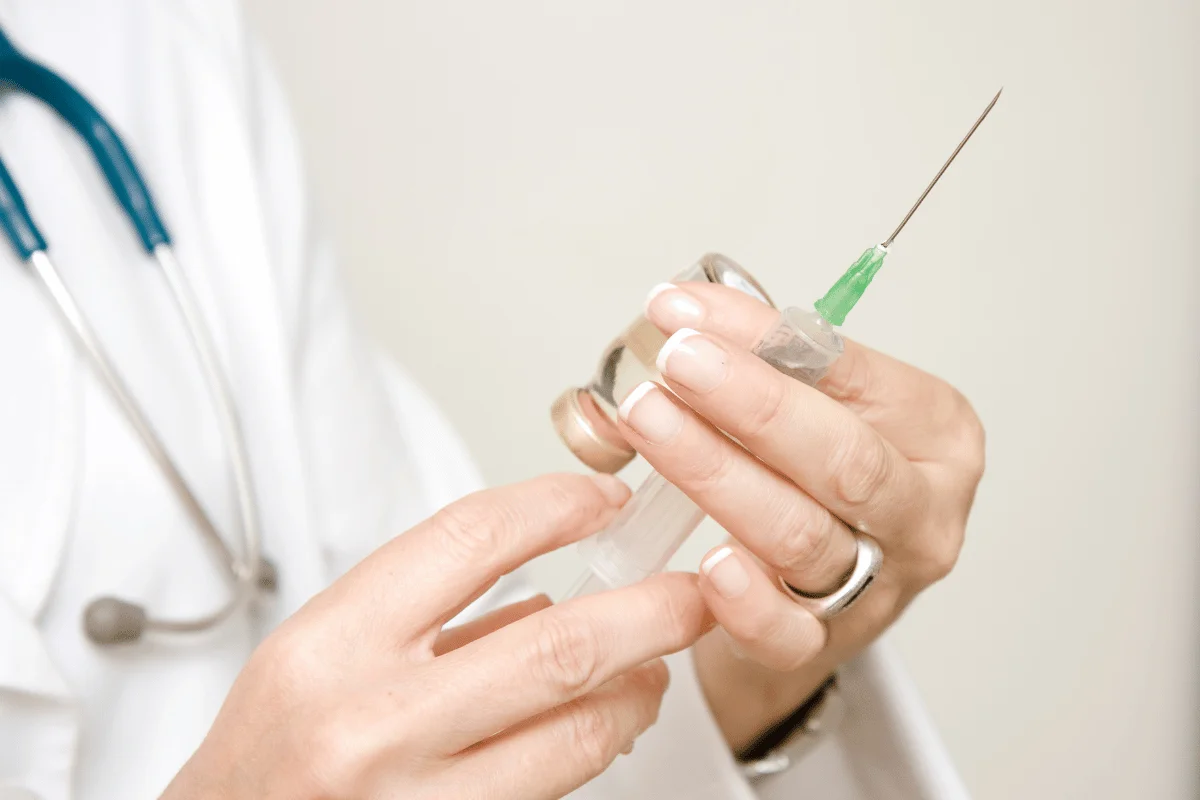
The Gut-Brain Connection
BPC-157 doesn’t just work on your gut – it helps your gut communicate better with your brain!
Scientists call this the “gut-brain axis,” and BPC-157 appears to:
- Alert your brain when harmful substances enter your gut.
- Help coordinate protective responses.
- Reduce inflammation in both your gut and brain.
- Support tissue repair in both systems.
This dual action makes it particularly interesting for researchers looking at both digestive and neurological conditions.
BPC-157 Peptide for Injury Repair
When it comes to healing injuries, BPC-157 shows some awesome capabilities:
Blood Flow Enhancement
Your body’s healing process heavily depends on good blood flow, and this is where BPC-157 shines.
Here’s how it works for you:
- Creates new blood vessels in injured areas
- Increases nitric oxide release (which helps vessels dilate)
- Improves blood flow to damaged tissues
- Speeds up healing, especially in burns and wounds

Protection Against Pain Medication Damage
If you’ve ever worried about taking too many painkillers, researchers call BPC-157 an “antidote” to NSAIDs (like ibuprofen and aspirin).
When you take too many of these common pain medications, they can damage your organs and cause problems like:
- Nausea and vomiting
- Organ damage
- Blurred vision
BPC-157 helps protect your body from these side effects and can even prevent damage before it happens.
Advanced Wound Healing
BPC-157 helps heal wounds by working with special cells called fibroblasts.
These cells create important proteins like:
- Collagen (gives skin its structure)
- Fibrin (helps blood clot)
- Elastin (makes tissue stretchy)
BPC-157 tells these fibroblasts to multiply and move faster to injury sites, speeding up your healing process.
Brain Injury Recovery
If you or someone you know has experienced a traumatic brain injury (TBI), this part is particularly interesting.
Studies in mice showed that BPC-157:
- Improved survival rates after brain injury
- Reduced damage after the initial injury
- Helped heal brain tissue through better blood flow

BPC-157 Peptide Therapy – Options and Methods
If you’re exploring BPC-157 as a therapeutic agent, researchers have a few options for methods of administration:
BPC-157 Oral vs. Injection – Which is Better?
Both delivery methods have their advantages:
- Oral BPC-157 Capsules: Oral peptides typically have poor bioavailability as digestive enzymes break them down. However, studies indicate oral BPC-157 effectively accelerates healing responses, likely due to its inherent stability. Easy-to-take capsules are an option.
- Subcutaneous/Intramuscular BPC-157 Injections: Directly injected BPC-157 successfully produces healing actions. Injections allow precise dosing, reduced breakdown, and faster absorption than oral delivery.
Limited evidence is currently available comparing injection vs. oral BPC-157 peptide dosage.
However, according to existing data, both methods may successfully promote healing properties.
BPC-157 Peptide Therapy – How It Works and What to Expect?
If you decide to try BPC-157 peptide therapy, here’s a simple breakdown of how treatment would work and what you can expect:
- The goal is to enhance your body’s built-in capacity for bounce-back after illness or injury. BPC-157 kickstarts natural self-healing processes, reducing usual recovery durations.
- It stimulates fibroblasts to make collagen, prompts blood vessel development to deliver nutrients, and rallies cytokines to control inflammation.
- Together, these responses initiate the construction of a “healing command center” to fix damaged spots. BPC-157 just accelerates and optimizes your own repair programming.
Typical therapy protocols include:
- Daily Dosage: 200-500 mcg
- Treatment Duration: 4-12 weeks
- Administration Frequency: Once or twice daily
Within 1-2 weeks, you may notice:
- Decreased pain/discomfort
- Fading swelling/inflammation
- Improved mobility/function
- Expedited wound closure
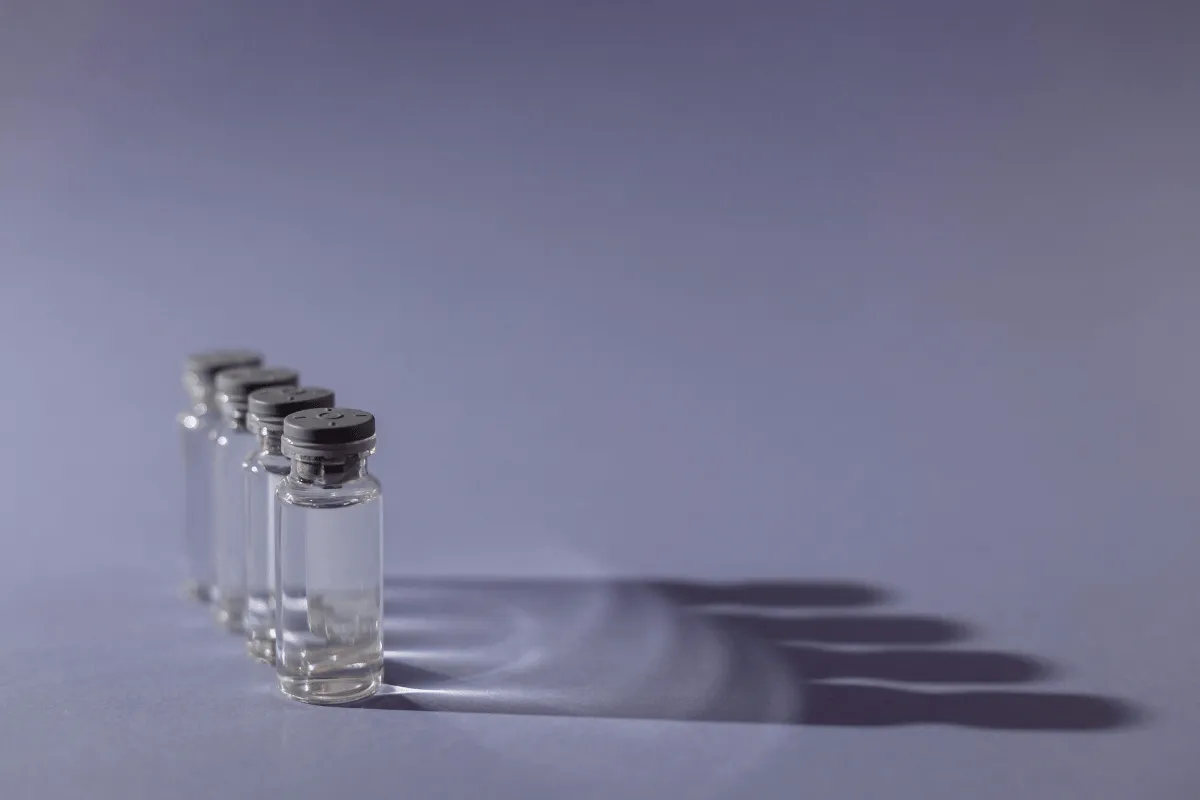
BPC-157 Peptide Side Effects and Risks
BPC-157 administration has generally been well tolerated in animal trials, with few side effects, even at higher doses.
Mild, temporary nausea, headaches, or injection site reactions have occasionally occurred.
However, no extensive clinical safety data about BPC-157 peptide side effects on humans is available.
Researchers are still investigating:
- Long-term impacts
- Maximum safe dosing limits
- Interactions with other drugs
- Contraindications for health conditions
We lack complete information to confirm that BPC-157 carries no serious risks with regular or prolonged use. However, current evidence based on prior experiments suggests that it is likely safe.
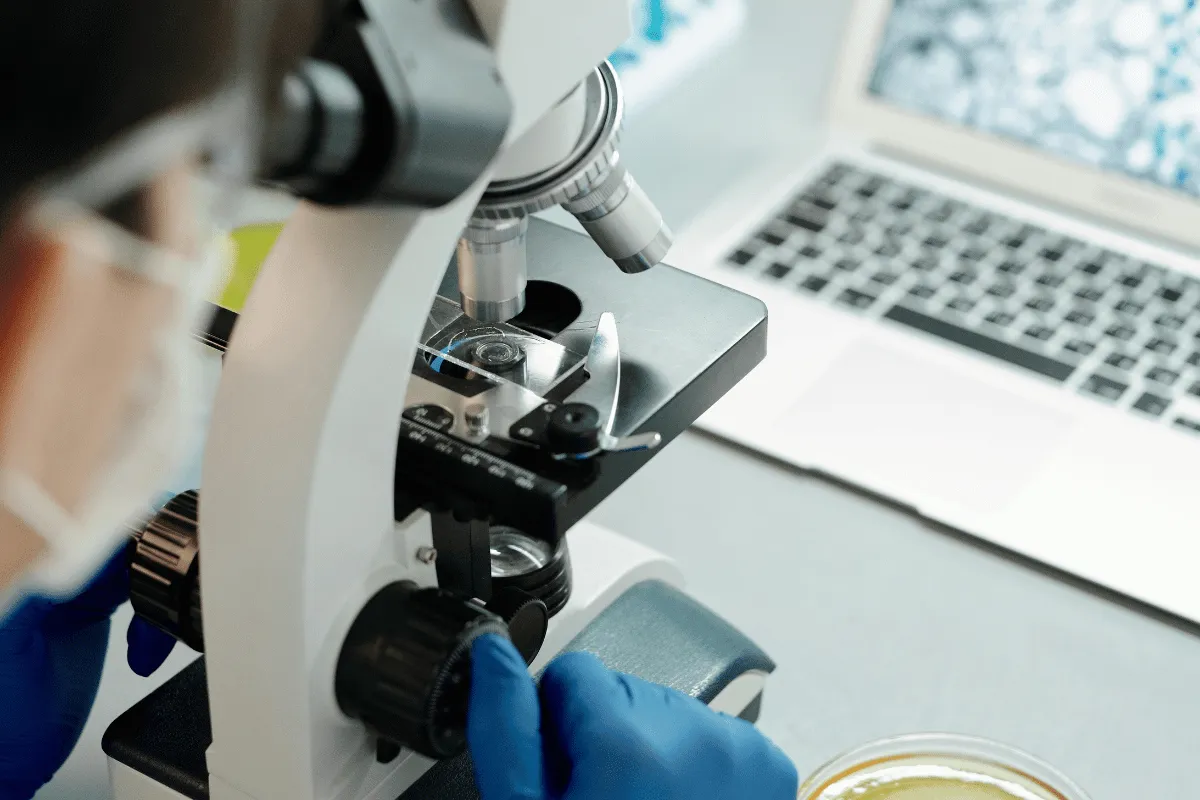
How to Get BPC-157 Peptide Legally and Safely
BPC-157 is unregulated and not government-approved for human use in the United States. However, it can legally be purchased as a research peptide for use by qualified medical scientists.
Researchers should only order BPC-157 from reputable suppliers that provide third-party product testing documentation showing a peptide’s potency and purity. You can buy 99% pure peptides from our Biolongevity Labs.
Unfortunately, disreputable companies also distribute peptides illegally labeled as inauthentic products like “supplements.”
Always confirm that BPC-157 has been properly manufactured and supplied solely for professional research.

Frequently Asked Questions (FAQs)
Let’s address some common questions about BPC-157 peptide therapy:
How Long Can You Take BPC-157?
Typical treatment protocols range from 4-12 weeks, though some practitioners recommend cycles of:
- 8 weeks on
- 2 weeks off
- Repeat as needed
Is BPC 157 Peptide Safe for Long-Term Use?
While short-term use appears safe in animal studies, long-term safety data in humans is limited. Always consult healthcare providers for personalized advice on the duration of use.
TB-500 Peptide vs. BPC-157 – What Are the Key Differences?
Key distinctions between TB-500 vs BPC-157 include:
| Feature | BPC-157 | TB-500 |
|---|---|---|
| Primary Function | Tissue healing, gut health | Muscle recovery, inflammation |
| Origin | Gastric protein derivative | Thymosin Beta-4 derivative |
| Mechanism | Angiogenesis, growth factors | Actin regulation, cell migration |
| Best Use Case | Tendon/ligament healing | Muscle recovery |
Conclusion
BPC-157 shows promising potential for tissue healing, injury recovery, and gut health.
While research results are encouraging, particularly in animal studies, more human clinical trials are needed to understand its benefits and risks fully.
If considering BPC-157 therapy, work with qualified healthcare providers and ensure proper sourcing of the peptide.
Remember that peptide therapy is just one component of a comprehensive approach to health and healing.
Combine it with proper nutrition, adequate rest, and appropriate exercise for optimal results!


